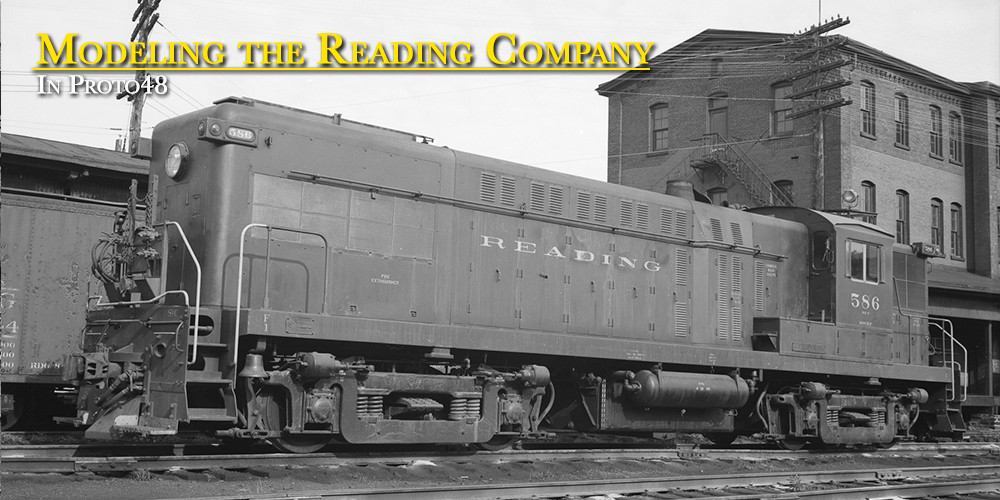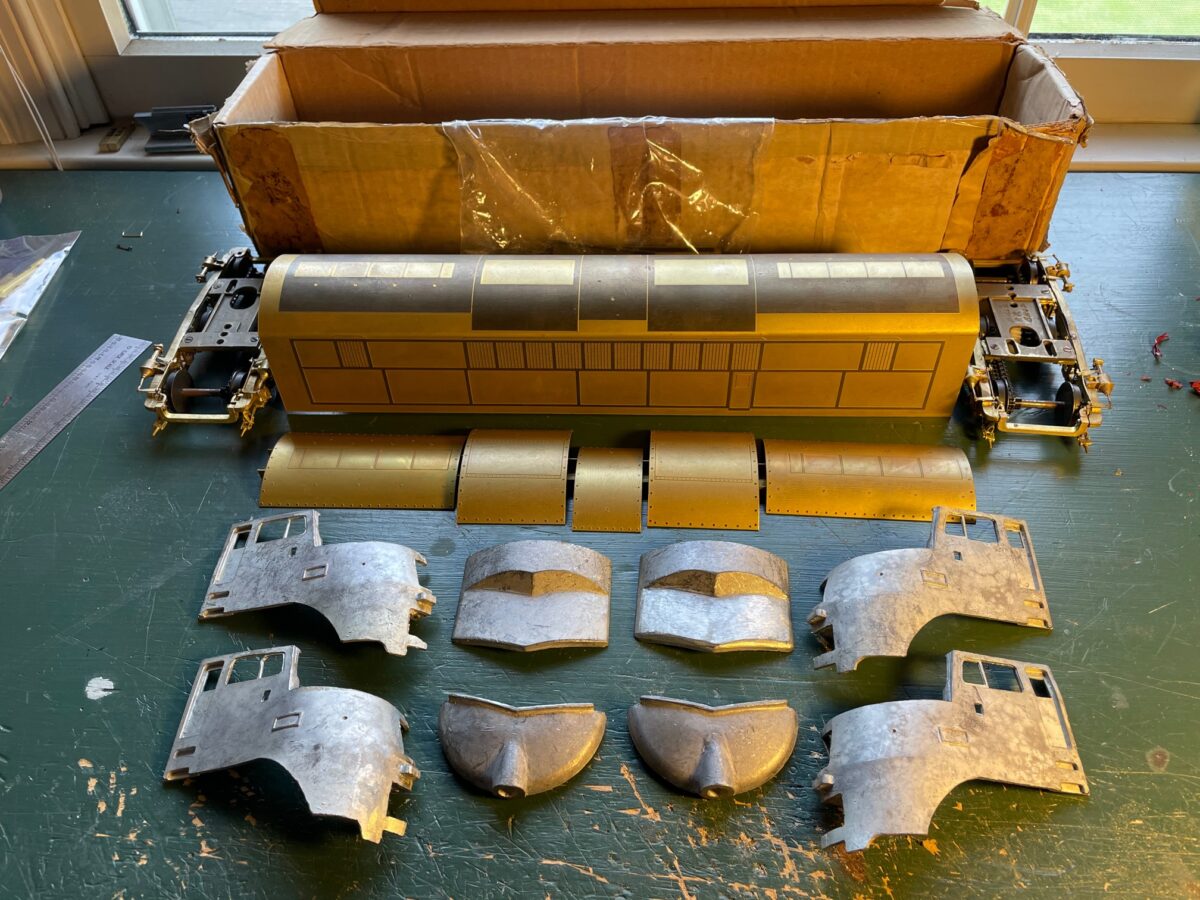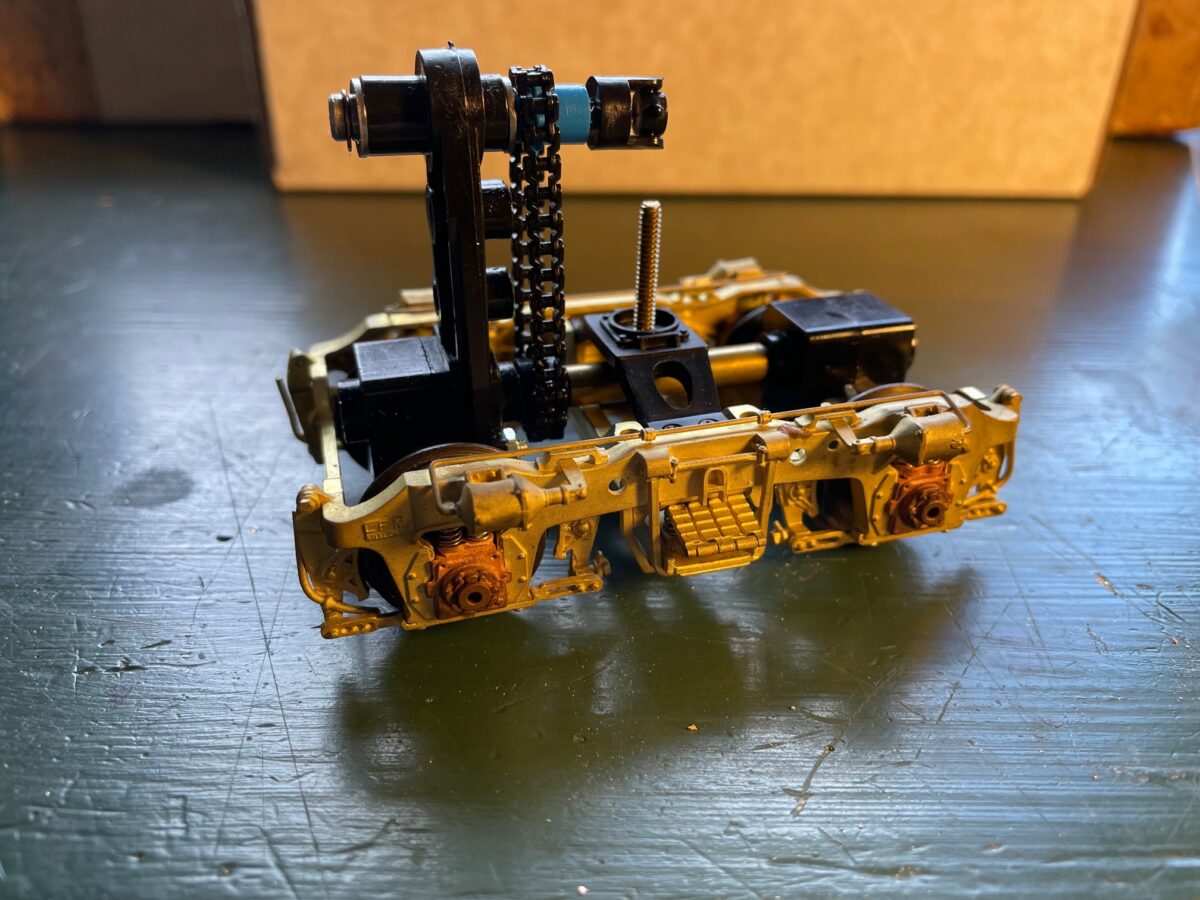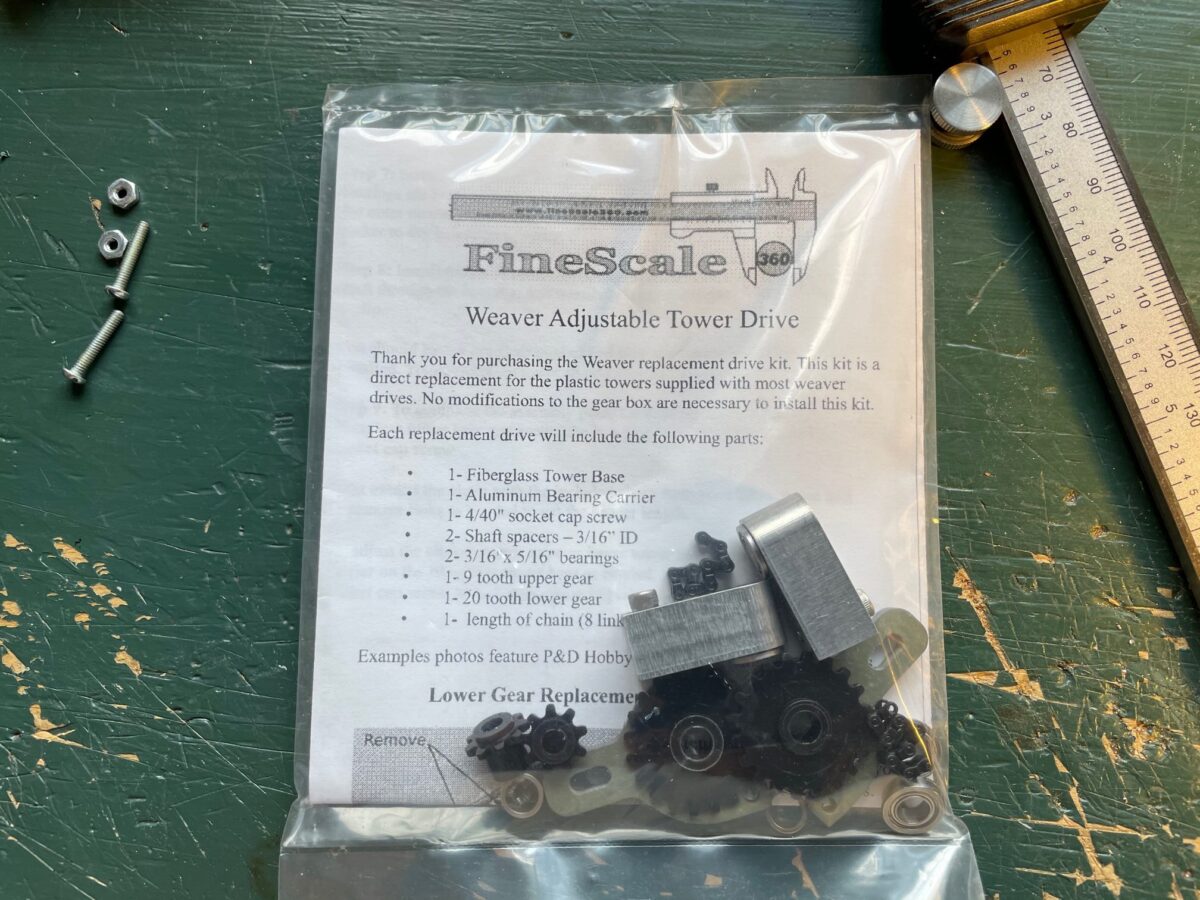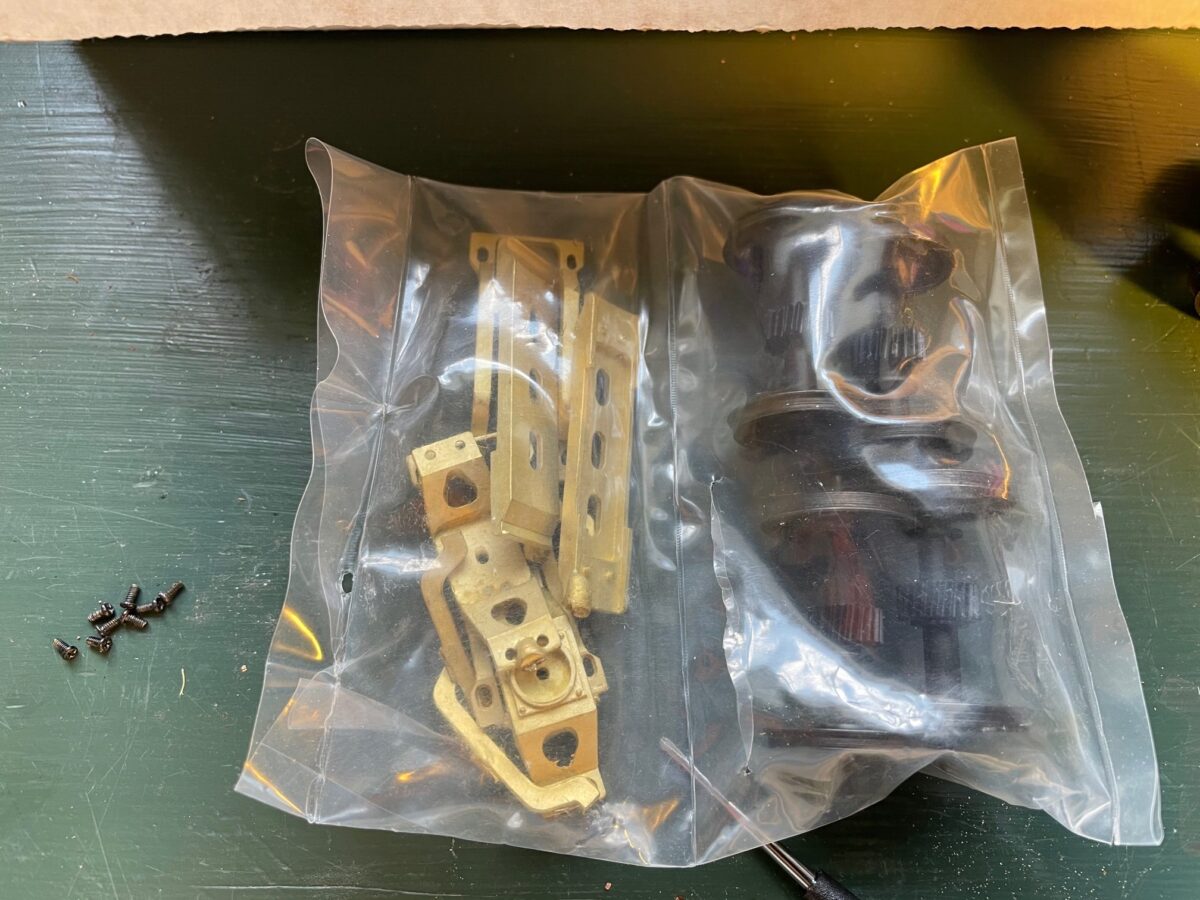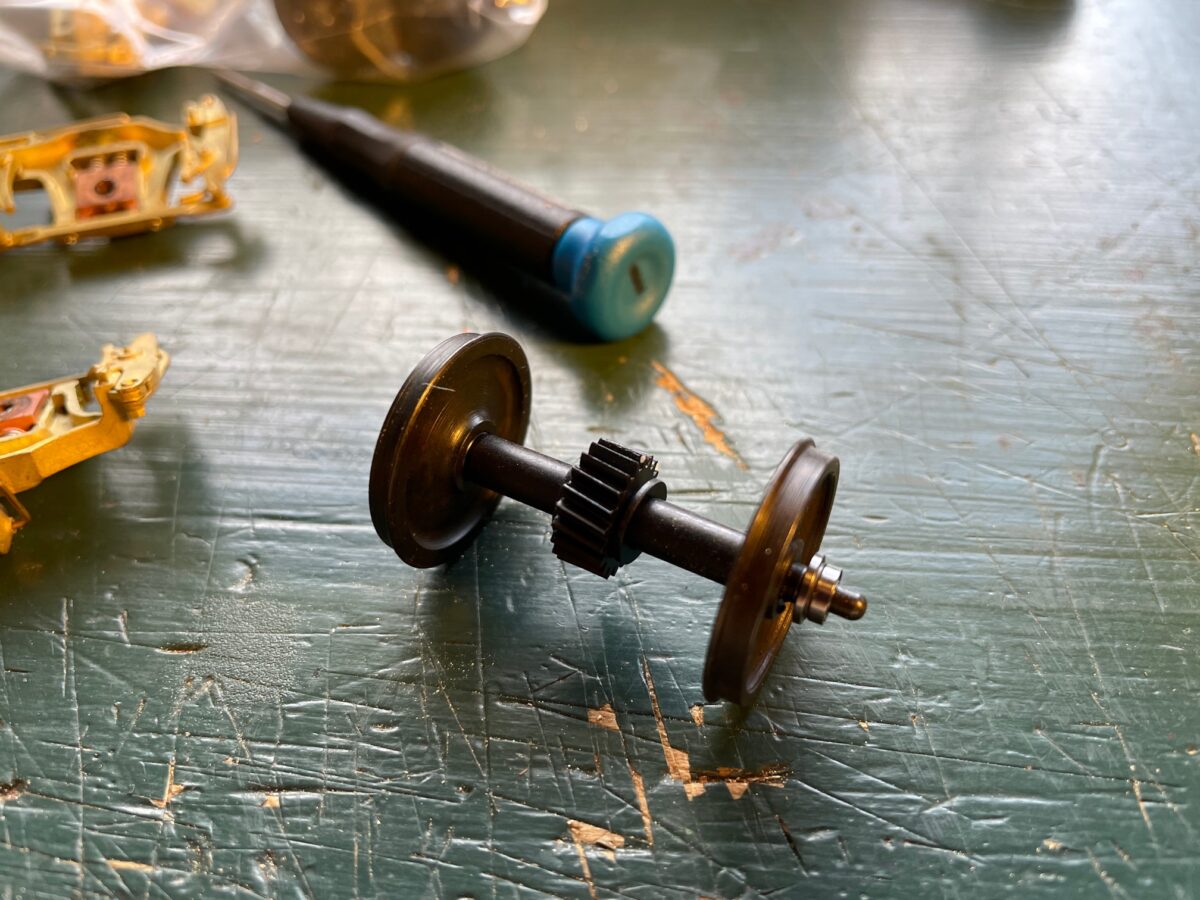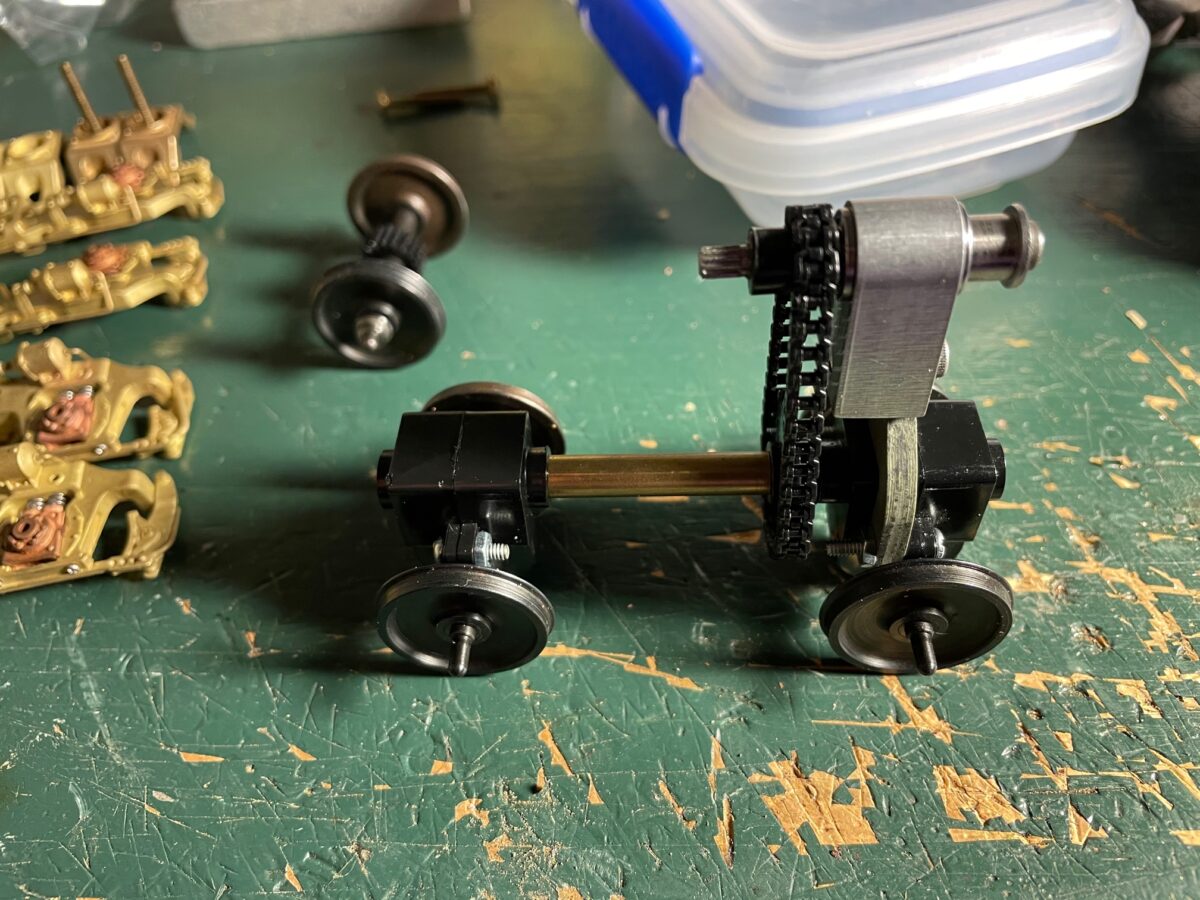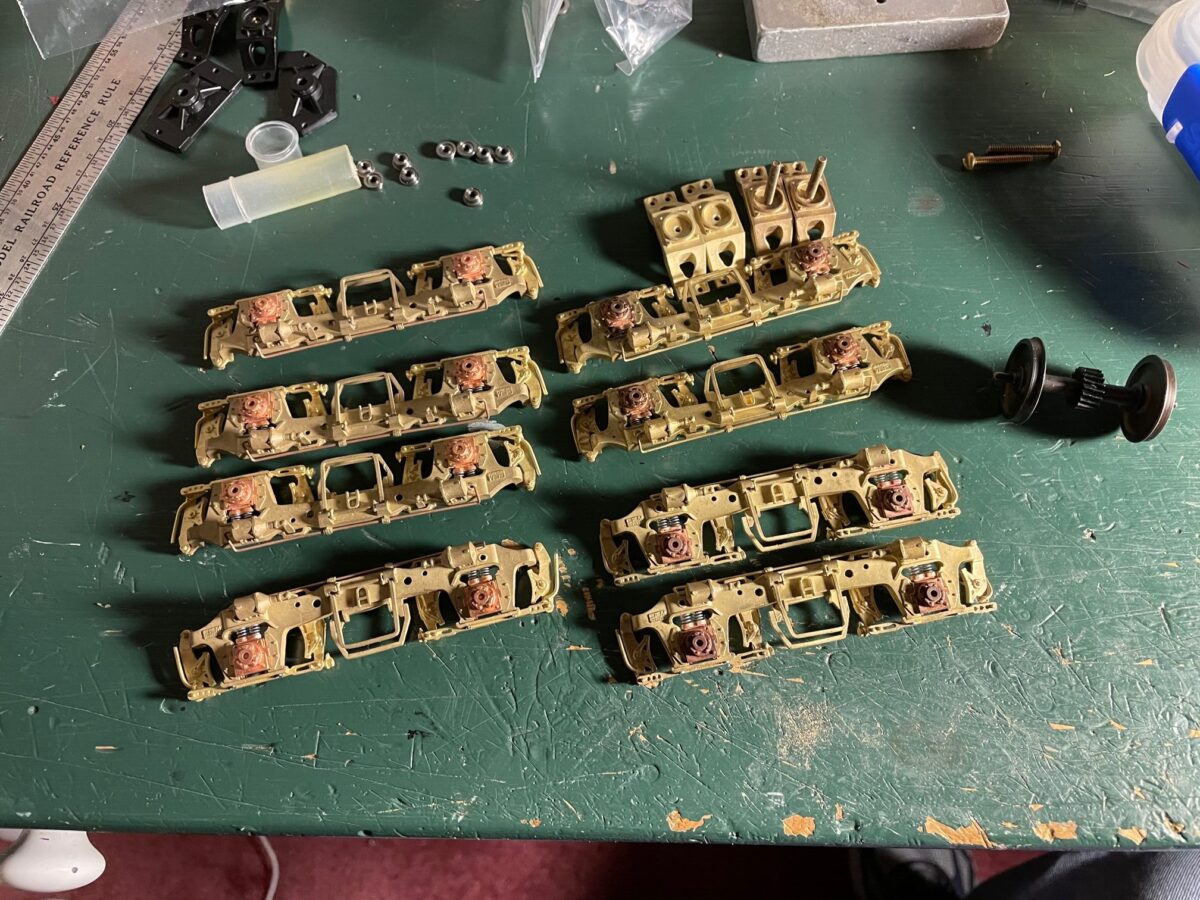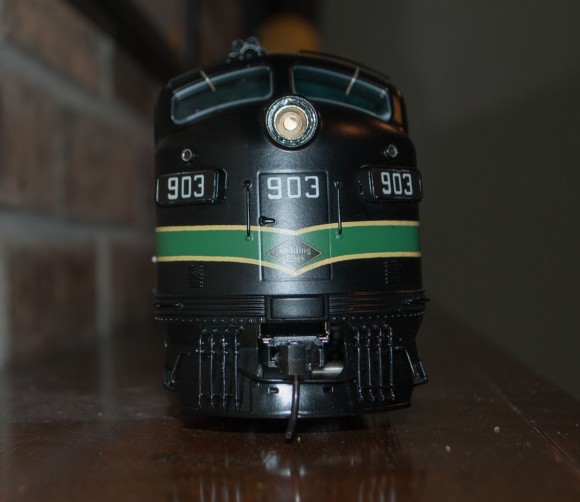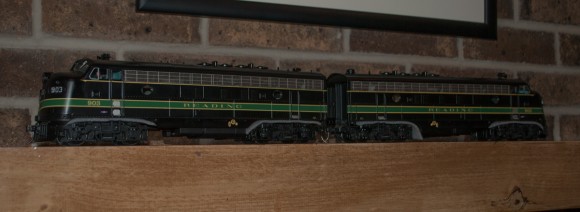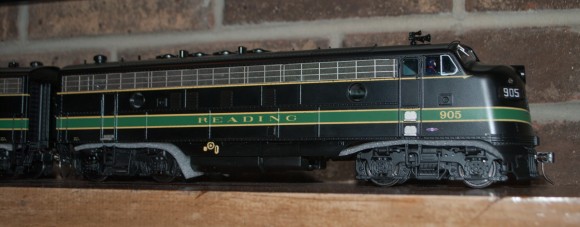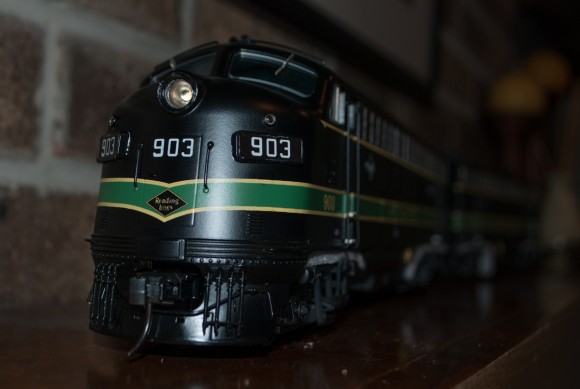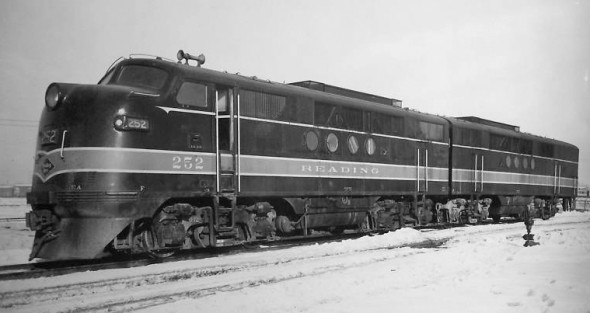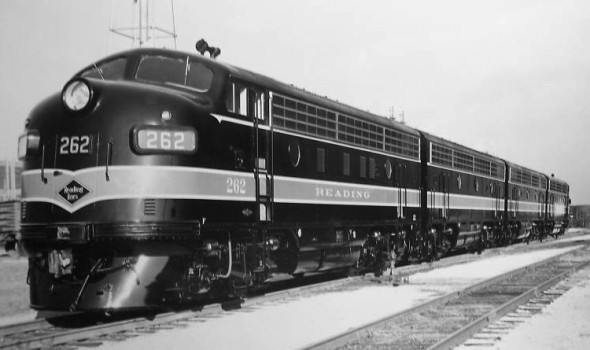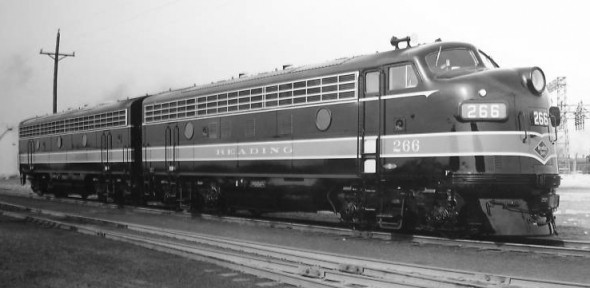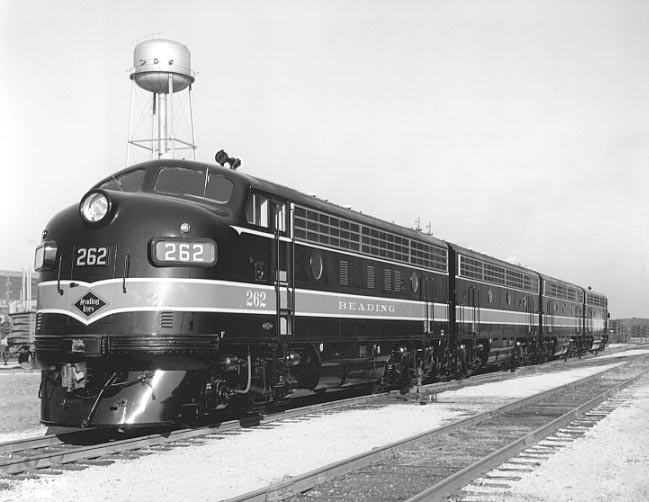
Sunset imported EMD F3 A’s and B’s painted decorated for the Reading a few years ago. I did not order any as I DO NOT like to buy any new model sight unseen. This was the first time they were being built and you have no idea if the model will be accurate.
This weekend I finally saw photos of an actual model that was produced. I was not impressed and I’m VERY GLAD I did not order any.
The Reading EMD F3’s were classed as DF-2. They styled very similarly to the later F7’s. The had the later low profile 36 inch fans on the roof. They had the later large angled number boards on the nose. They also had Stainless steel grills on the top of the sides of the locomotives. Outwardly they were often misidentified as F7’s. The only real visual difference is the dynamic brake grid on the roof, they had a pair rectangular roof grids for the Dynamic Brakes instead of the F7’s 36 inch low profile fan.
Below are photos of the Sunset 3rd Rail Reading EMD F3 release.
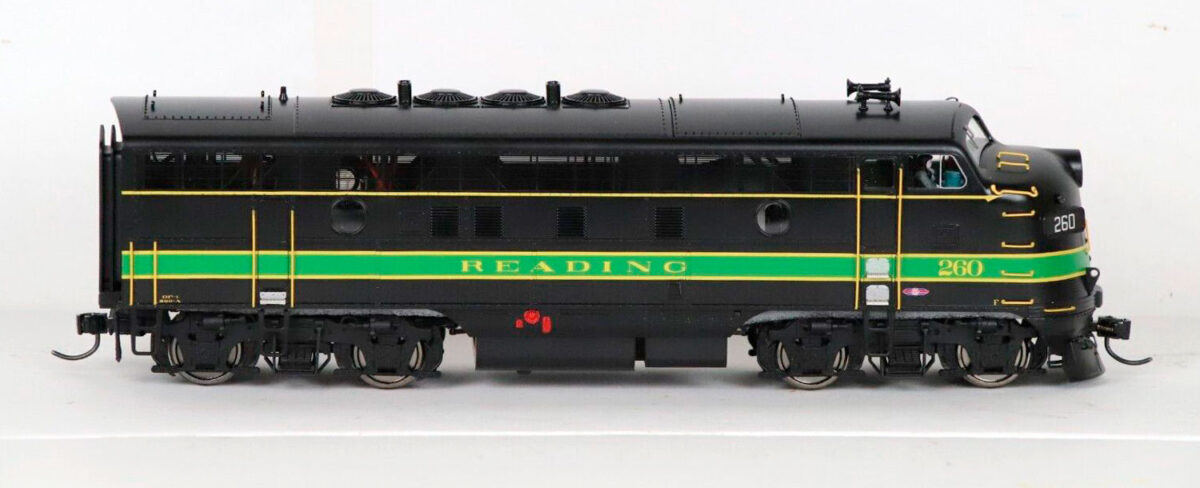
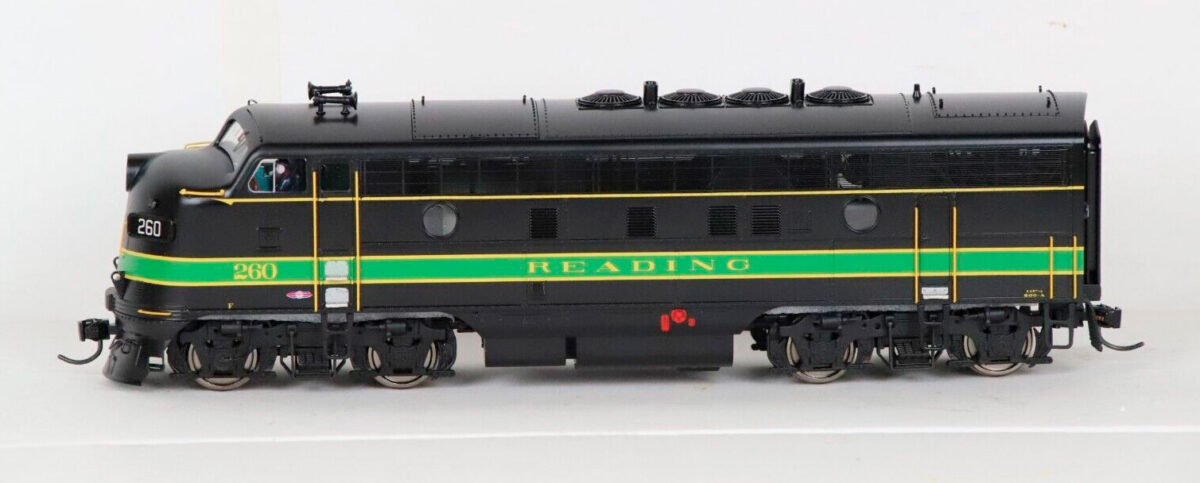
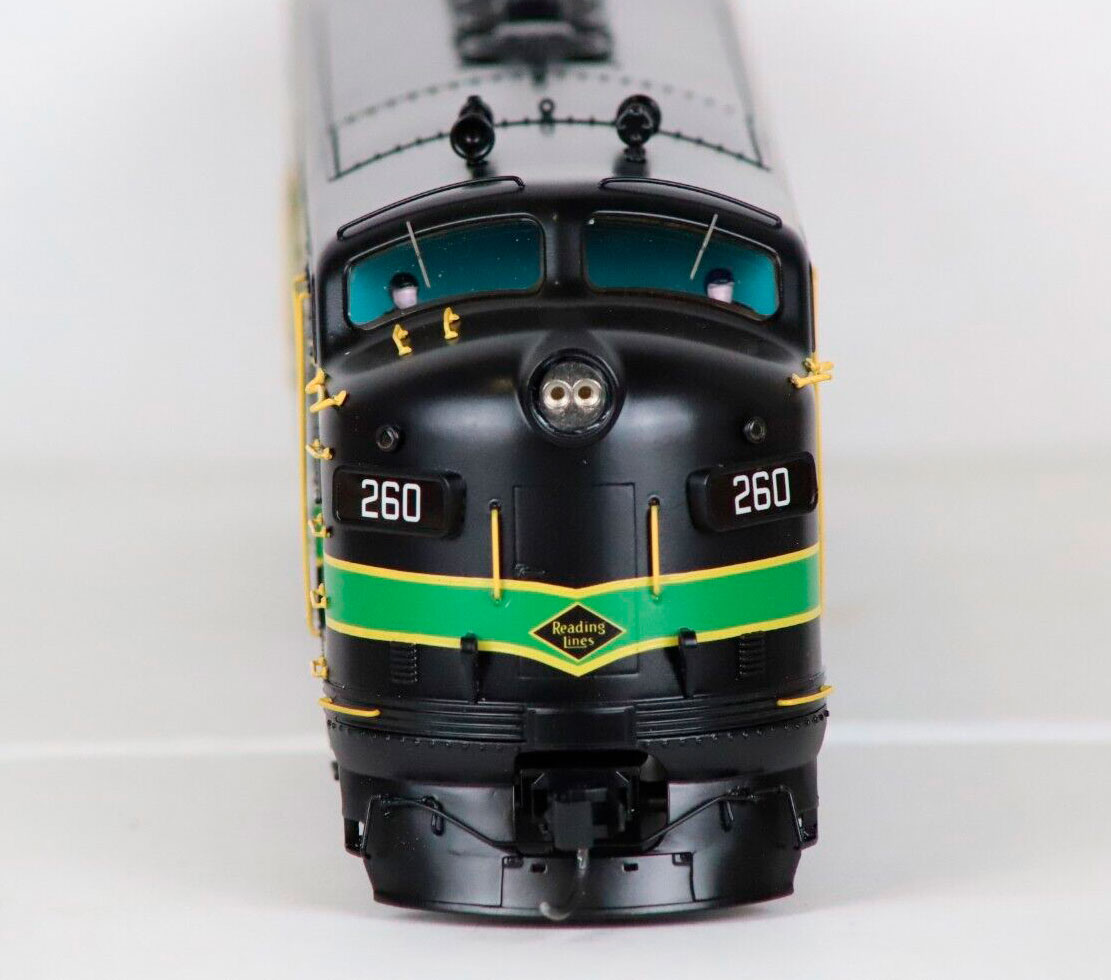
These views of the A unit show what is wrong with the model:
- The Dynamic Brake is not modeled correctly on the model. It’s a blank hatch cover. It should be two rectangular screen-covered grids
- The Grills at the top of the car body are not modeled correctly. They should be made to look like stainless steel grills like an F7.
- There are a pair of PRR style lifting brackets on the nose of the locomotive that should NOT be there.
- Missing the number board on the top of the nose door.
- Missing nose door handles
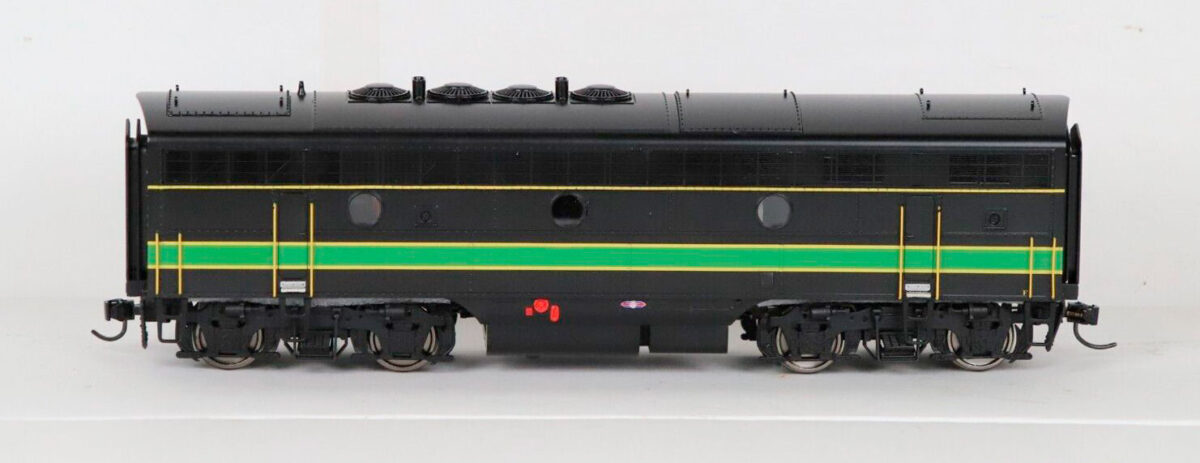
The B Unit also has inaccuracies:
- Dynamic Brake not modeled
- Missing lettering with unit number and class called out just in front of the rear side door.
- Grills at the top of the car body should be like the grills on a F7.
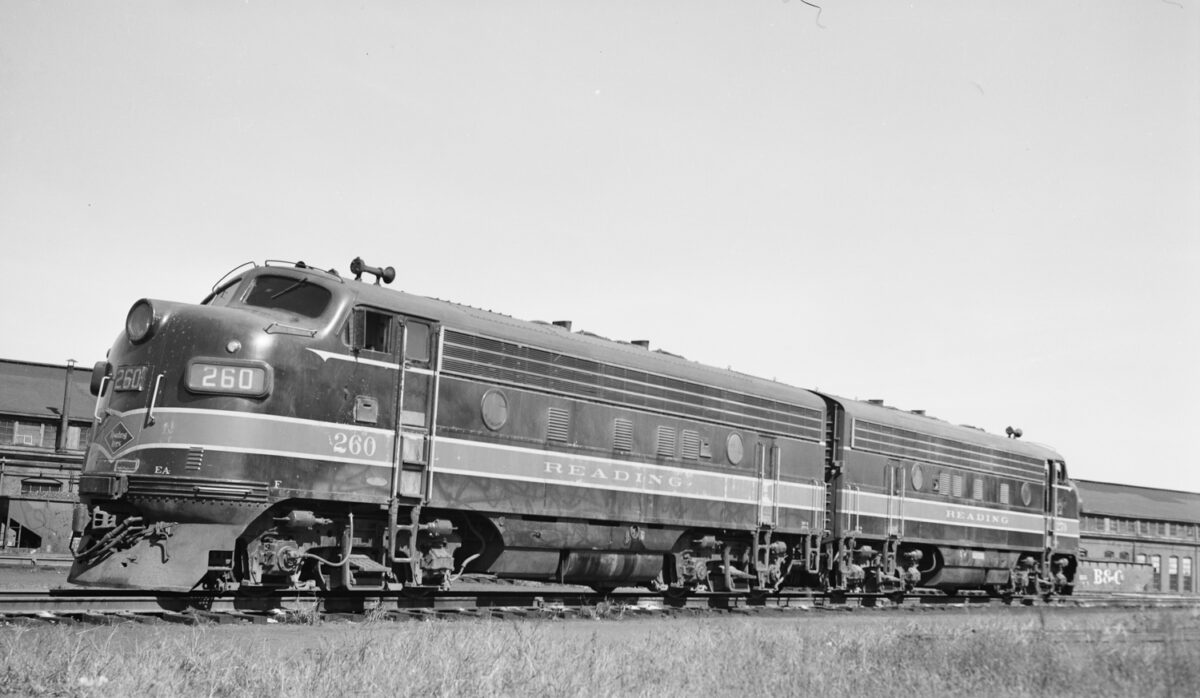
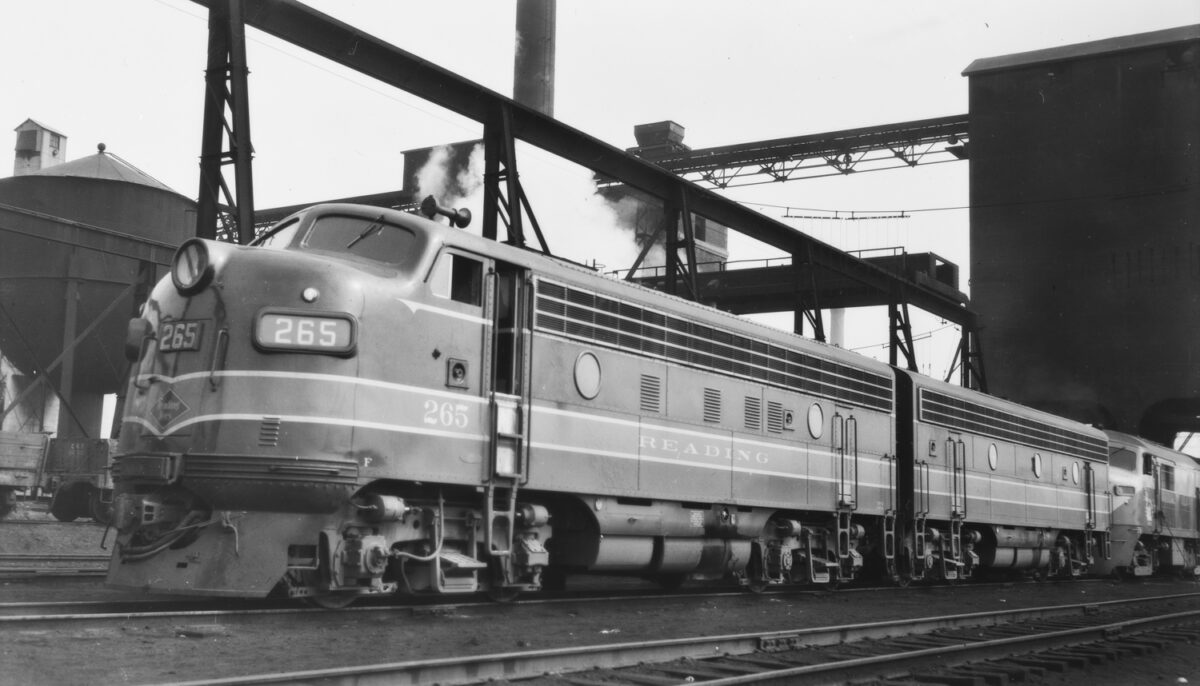
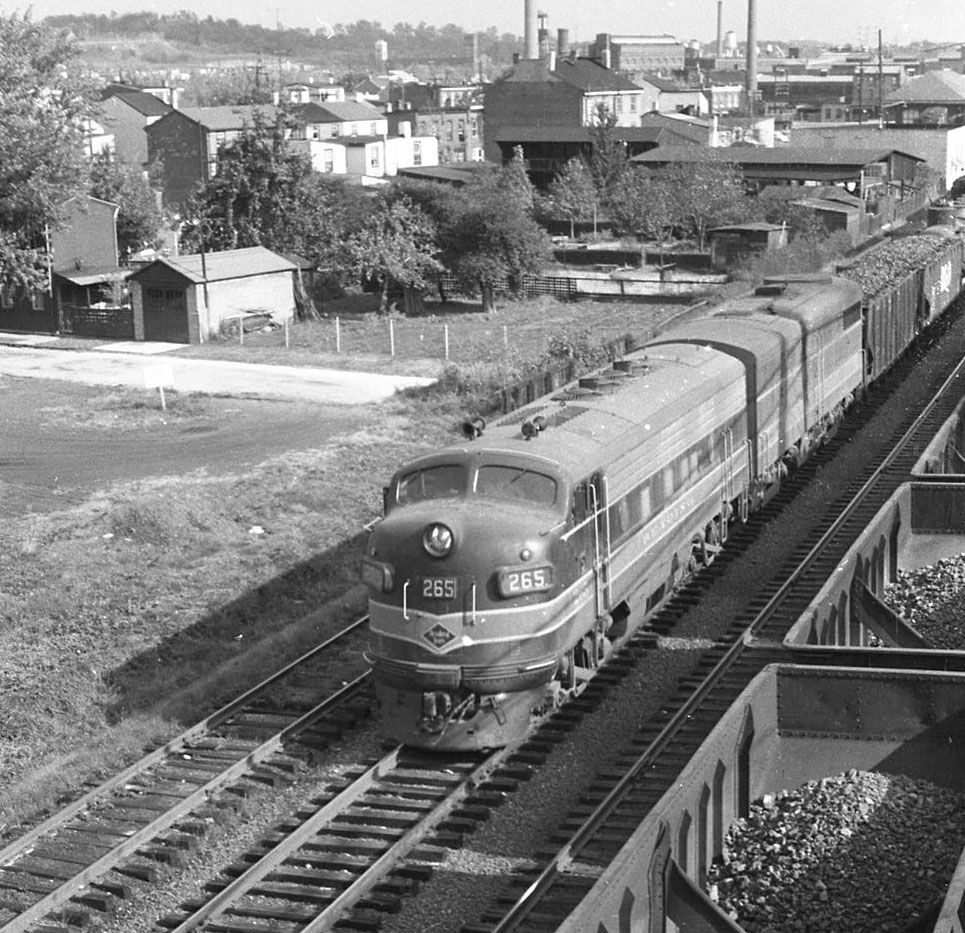
I’m not a fan of the model companies current practice of producing a run of a model. They expect you to buy a model sight unseen before ANY photos are released of an actual model. I have only done this one or two times before. Haven’t always been happy with what was produced.
When you mention this to other modelers they just say order it or don’t, the manufactures don’t really care. Well I care. I’d rather have a correct model than the beginning of an expensive project to add to the project list.
Faced with the future options of having to order a model before it’s produced, I think I’ve ordered my last new model for this lifetime.
I did not order any of these models from Sunset 3rd Rail. Now having seen the actual model that was imported, I’m glad I didn’t.
Makes me again say, I will not order any models sight unseen. If that means I don’t get the New Whatever, so what? I have more than enough models here now to keep my project list full for the rest of my lifetime.
Model photos cropped and edited from online images.
Prototype images from scanned photos and negatives from my collection.
